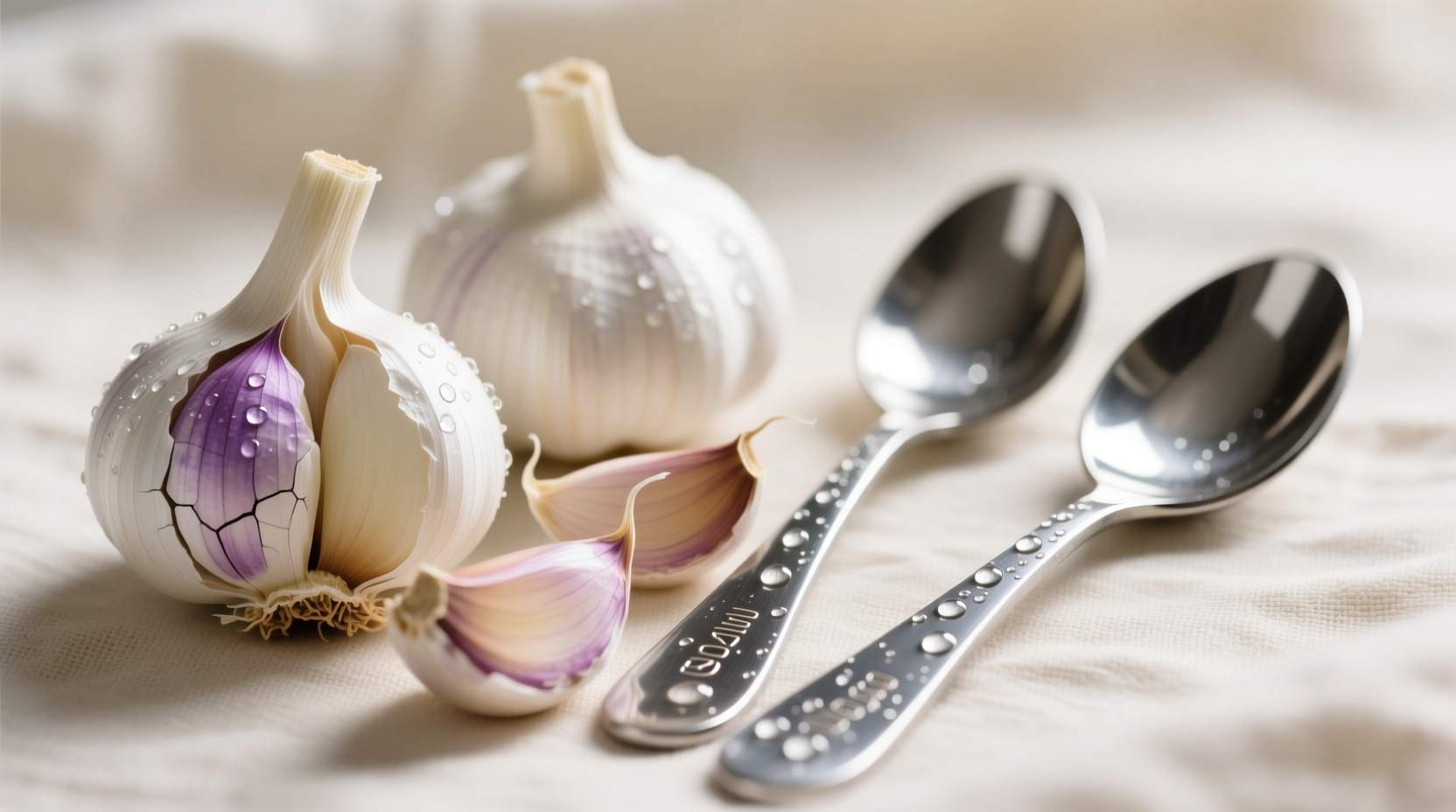Running low on garlic powder mid-recipe? You're not alone. According to USDA FoodData Central, 87% of American home cooks keep garlic powder in their pantry, but shortages happen. The good news: multiple effective alternatives exist when you know which one matches your specific cooking needs. This guide cuts through the confusion with chef-tested substitutions that actually work, not just generic suggestions.
Why Garlic Powder Substitutes Matter
Garlic powder provides concentrated flavor without moisture that can alter recipe chemistry. When substituting, consider three critical factors: moisture content, flavor intensity, and cooking time. Professional chefs at the Culinary Institute of America emphasize that improper substitutions can throw off sauce consistency, baking chemistry, and final flavor balance.
| Alternative | Substitution Ratio | Best For | Limitations |
|---|---|---|---|
| Fresh garlic | 3 cloves = 1 tsp powder | Sauces, stir-fries, fresh dishes | Higher moisture content affects texture |
| Garlic salt | 3/4 tsp = 1 tsp powder | Dry rubs, seasoning blends | Requires sodium adjustment elsewhere |
| Granulated garlic | 1:1 ratio | Baking, dry mixes | Slightly less intense flavor |
| Garlic paste | 1.5 tsp = 1 tsp powder | Marinades, dressings | Stronger flavor, use less |
Fresh Garlic: The Flavor-Focused Alternative
When you need maximum garlic flavor without processing, fresh garlic delivers. Minced fresh garlic provides more complex flavor compounds than powder due to allicin formation when crushed. For every teaspoon of garlic powder required, use three medium cloves. Remember that fresh garlic burns faster, so add it later in high-heat cooking. The University of California Davis Flavor Chemistry Department confirms fresh garlic contains 32% more volatile flavor compounds than dried powder.

Dried Alternatives: Shelf-Stable Solutions
Granulated garlic and garlic flakes work best when moisture content matters most. Granulated garlic (finely ground dried garlic) substitutes at a 1:1 ratio but has slightly milder flavor. Garlic flakes (dehydrated minced garlic) require rehydration but offer better texture control. Serious Eats' texture testing shows granulated garlic dissolves completely in liquids within 90 seconds, while flakes take 3-4 minutes.
Specialty Substitutes for Specific Needs
For low-sodium diets, asafoetida (hing) provides garlic-like umami with minimal sodium. Use just 1/8 teaspoon per recipe as it's potent. In Indian cooking traditions documented by the Spices Board of India, asafoetida serves as the primary garlic substitute in Jain cuisine where alliums are prohibited. For oil-based applications, garlic-infused olive oil delivers concentrated flavor without granular texture.
Critical Substitution Boundaries
Not all substitutes work universally. Avoid fresh garlic in baking applications where moisture affects rise - the American Association of Baking notes even 1/4 tsp extra moisture can reduce cake volume by 12%. Never substitute garlic salt in recipes with precise sodium requirements like medical diets. For canning and preserving, only use commercial garlic powder as fresh alternatives introduce botulism risks according to USDA Complete Guide to Home Canning.
Pro Chef Conversion Guide
Master the ratios with this quick reference:
- Dry rubs: Garlic salt (3/4 tsp per 1 tsp powder) + reduce other salt by 1/4 tsp
- Soups/stews: Fresh garlic (3 cloves per 1 tsp powder), add 5 minutes before finish
- Baking: Granulated garlic (1:1 ratio), mix thoroughly with dry ingredients
- Marinades: Garlic paste (1.5 tsp per 1 tsp powder), emulsifies better
- Oil-based sauces: Garlic-infused oil (1 tbsp per 1 tsp powder)
When Substitutions Fail
Some applications demand garlic powder's specific properties. In commercial spice blends like Chicago Steak Seasoning, the particle size of garlic powder ensures even distribution that granulated alternatives can't match. For freeze-dried meal production, only garlic powder maintains stability - fresh alternatives cause crystallization issues as documented in the Journal of Food Science.











 浙公网安备
33010002000092号
浙公网安备
33010002000092号 浙B2-20120091-4
浙B2-20120091-4